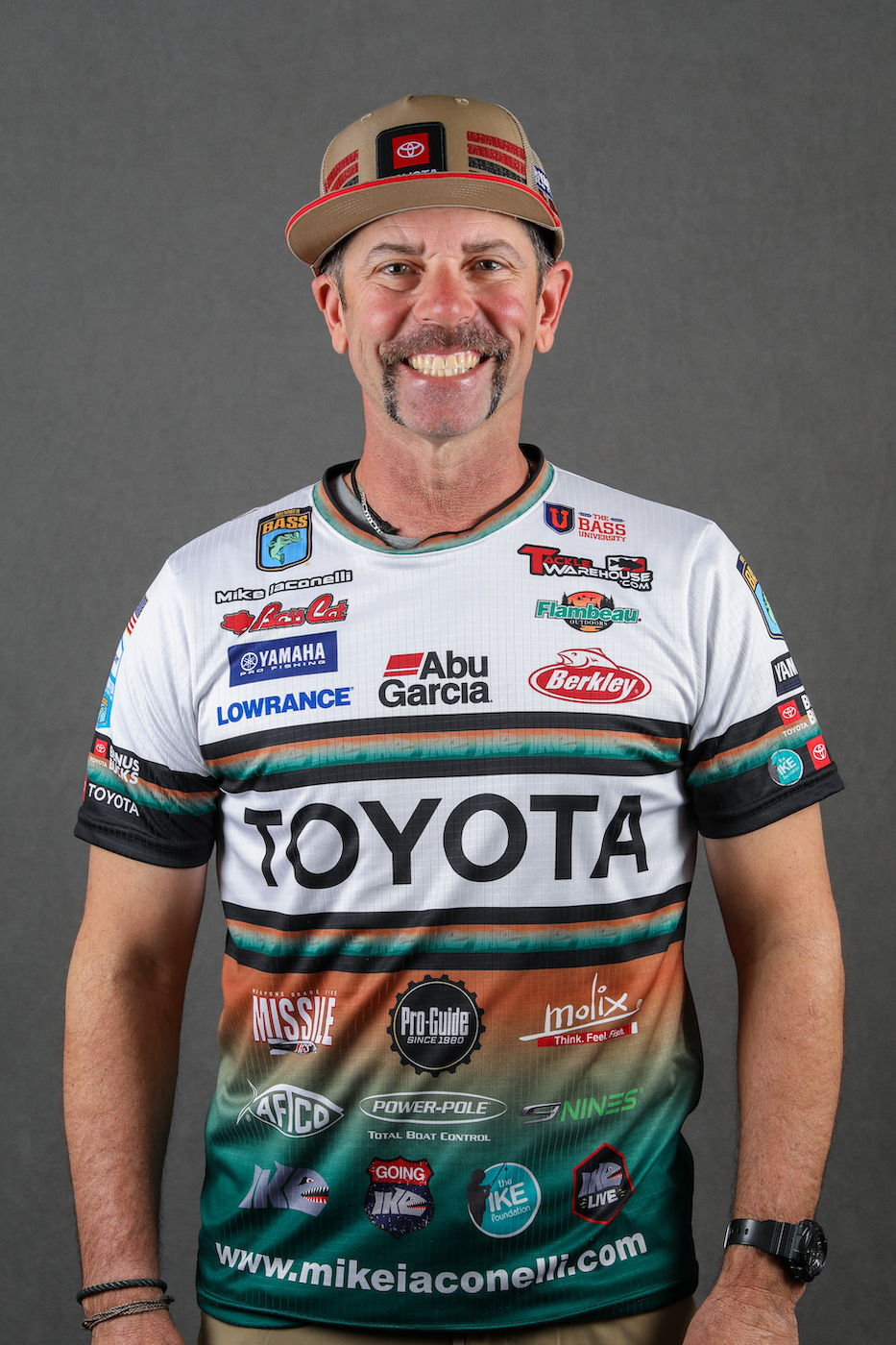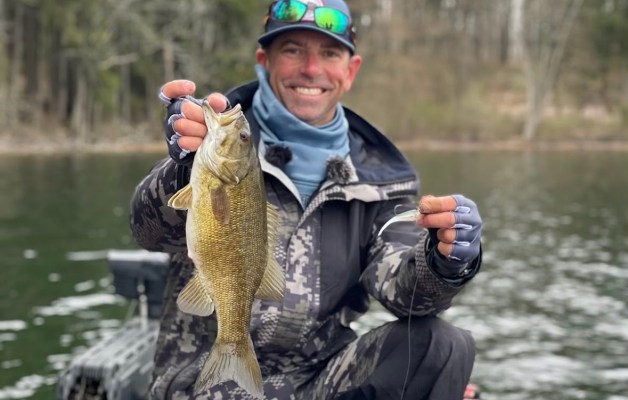In all of bass fishing, I don't think there's a more misunderstood technique than the one we describe as "finesse fishing. Yes, finesse fishing generally means using spinning rods, lighter lines, and smaller lures, but it's also much, much more than that.
For example, you can finesse a big crankbait, spinnerbait, jerkbait and any other "power fishing" lure. You can use 20-pound lines and big sinkers on drop shots — I do it a lot — and you don't have to limit yourself to deep water, either. You can go finesse fishing in 2 feet of water if you want to.
To me, the technique of finesse fishing is primarily about presentation. It's what you do when fish aren't biting normally, and many things cause that to happen, including weather fronts, fishing pressure, water conditions and a thousand other reasons we'll never understand. In short, I'm always prepared for finesse fishing, and I use the technique in various ways in nearly every tournament.
Many anglers think primarily about downsizing their lures, but one of the keys to realize is that a lot about finesse fishing involves more than lure size. When I rig for finesse fishing, I also consider lure color and sound and those choices might be dictated by water color, which in turn may determine how deep I fish. If the lake is known for big bass, I'm going to use heavier line, and that might affect my choice of rods. So, you see, the term "finesse fishing" embraces a lot of variables that a lot of anglers, even tournament pros, don't recognize.
I grew up fishing in New Jersey where a big lake might be 2,000 acres, and in a tournament we'd have 150 boats. That kind of fishing pressure can create instant finesse fishing situations, but when you add weather and water variations, then maybe throw in the postspawn slump, conditions change immediately from just tough to super-tough. Early on, I learned how important finesse fishing can be, and today I'm still refining my own approach to it.
I generally believe that getting a strike in bass fishing, regardless of how I'm fishing, boils down to two things: I either entice the bass to hit out of pure reflex or reaction, or I have to make the fish feed through its natural hunger instincts. I can do both in finesse fishing, but the technique really out-shines other presentations in generating feeding strikes because you can make your lure look more natural so it doesn't make a bass back away. Always remember, bass are going to feed even during adverse conditions.
That's why I say finesse fishing is primarily about presentation. I firmly believe — and so do most tournament pros — that bass become conditioned to certain things they see repeatedly, and that includes lures. We can't really talk about bass intelligence here, but they do have a type of survival instinct that tells them when something isn't right to eat.
To me, then, the starting point in preparing for finesse fishing includes lighter line, lighter rods, smaller lures, more natural colors, and more natural sound if I use a rattling lure at all. Here's what I use:
- Lines: 8-pound fluorocarbon is my first choice, but I'll drop to 6-pound in extremely clear or deep water, and go up to 10-pound when I'm fishing around cover.
- Rods: I prefer 6- to 7-foot light action spinning rods with matching open face spinning reels. The longer length helps in fish control with lighter lines, just as in fly fishing.
- Lures: Basically, I use lures weighing between 1/16 and1/4 ounce. I don't want bright colors, either, but instead choose more natural shades, and in muddy water I use black lures. When I was growing up, I created what I call my "Panic Box," which is filled exclusively with finesse tackle. I still use it today.
During a Bassmaster tournament one year on the Potomac River, a lot of us were fishing the famous Arkendale Flats between Aquia and Chopawansic Creeks where the bass were eating spinnerbaits as fast as you could cast. Then a massive cold front hit, and by the last day we were fishing under bluebird skies and a rising barometer, to say nothing of the continued angling pressure.
I didn't get a bite during the first two hours of the morning, so I dug out my Panic Box and tied a 3-inch white grub with a 1/8-ounce jighead on my spinning rod and fished the very same water. I came in with a limit of very nice largemouths while the majority of the 20 other boats there never caught any fish at all.
I think that day was about feeding. My small, natural looking lure was quiet and non-threatening, totally opposite of the spinnerbaits the other pros kept throwing, and that's what finesse fishing is all about. In the weeks ahead, I'll talk more about specific lures and presentations as they relate to my tournament experiences and detail how you can do the same in your own fishing. I'll even tell you what's in my Panic Box.





